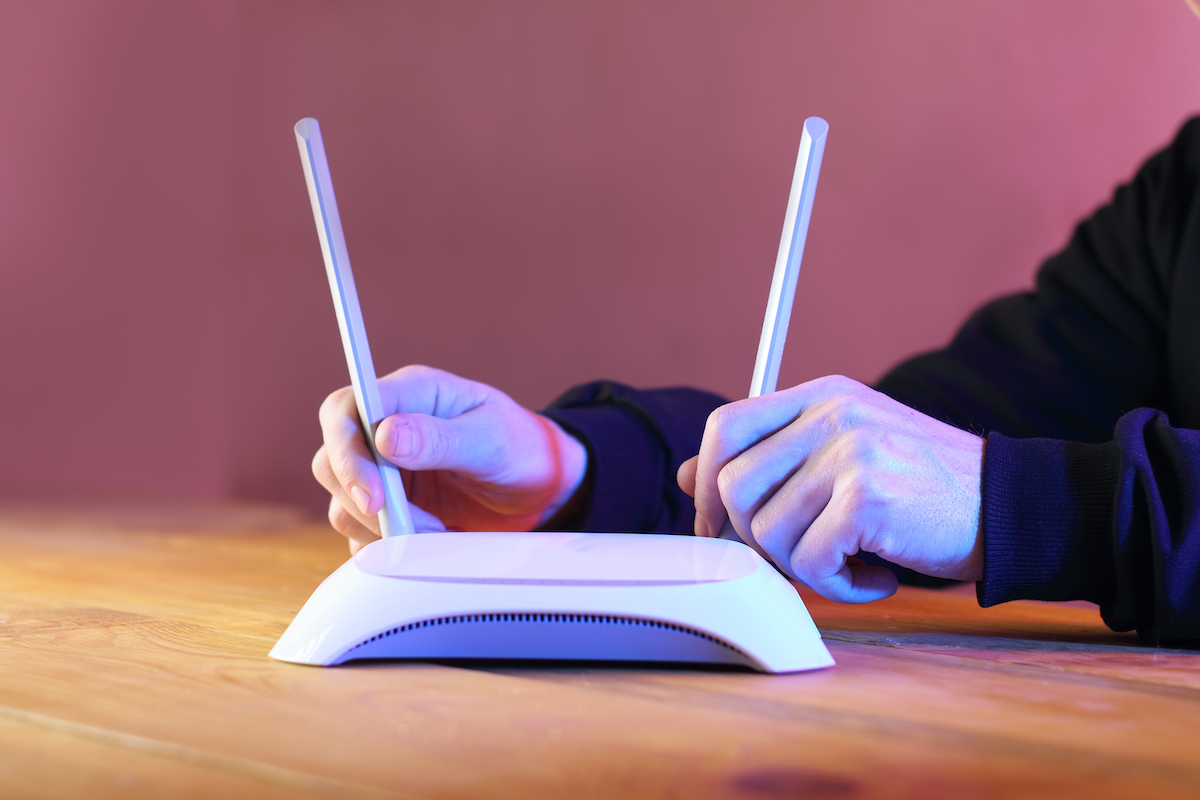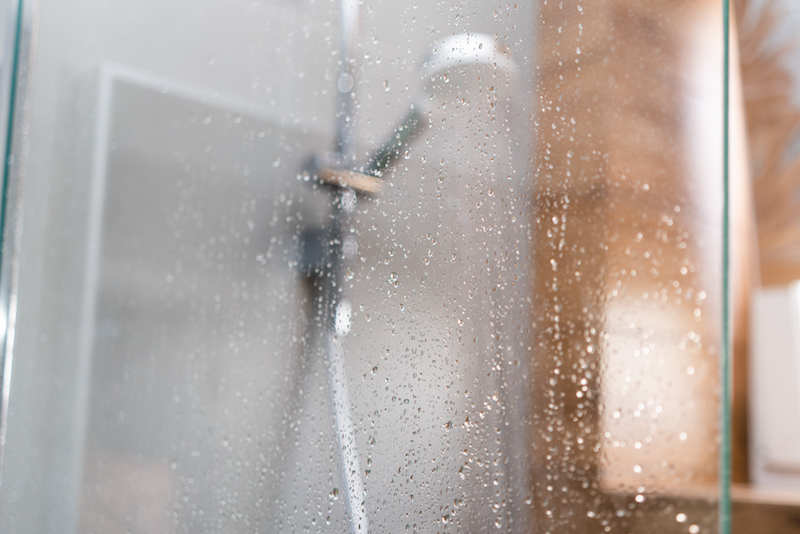
A complete guide to "utilities-included" apartments for renters.
Team Lemonade

Ever wondered what “utilities included” in rent actually means in a lease agreement? It’s a common question for renters, especially when searching for a new apartment.
It’s common for landlords to include basic utility charges—for essential services like water, sewage, and trash removal—in the rent price, while other utilities such as electricity and internet are typically the responsibility of the tenant.
Let’s break down the essentials, so you know exactly what to expect when searching for your next rental property.
The most common utilities that are included in rent are:
These are considered basic utilities and are often included in lease agreements for both apartments and single-family rental homes.
Here are some additional utilities that you may need to set up and pay for separately (aka not included in rent):
Check the terms of your lease agreement closely to understand which utilities are and aren’t included in your rent.
For utilities that aren’t included in your rent, you’ll be responsible for setting them up with utility companies, and paying for the cost of utilities in addition to your rent. Check out our complete guide on how to set up utilities at your next rental before you move in.

“Utilities included” in rent is when bills for specified utility services are covered by your monthly rent payment. This means you don’t have to research and contact various utility providers, schedule installations, or manage multiple monthly payments for some or all of your utility services.
Picture this: You sign a lease agreement for an apartment that includes all utilities. You simply pay your rent, and this single payment covers everything—from your water usage to your wi-fi connection.
While this setup can help simplify things, it’s not always the right choice for everyone. It’s good to weigh the pros and cons of a utilities-included apartment, let’s dive in.
Carefully read your lease agreement. The lease should list all utilities covered by your rent payment, and which ones you’ll need to set up yourself—and might even outline service providers that you’re recommended or required to use.
If it’s unclear, ask your landlord or property management company directly to avoid unexpected bills or penalties.
Apartment hunting and setting up utilities can be a headache, but safeguarding your stuff with renters insurance by Lemonade is a breeze.
Lemonade Renters has your back when back luck strikes—like if someone swipes your bike, or if your stuff goes up in flames. Click below to start your free quote.
If utilities aren’t included, you’ll need to set up accounts with local utility providers and budget for these additional monthly costs.
Yes, your landlord can increase rent if the lease agreement allows for it. However, they must follow local regulations and give proper notice.
It depends. Places without utilities included may have lower rent, but you’ll have separate utility bills which can fluctuate. Compare total costs when making a decision.
You may be billed for the excess usage. Always check your lease for any caps on utility usage to avoid extra charges.